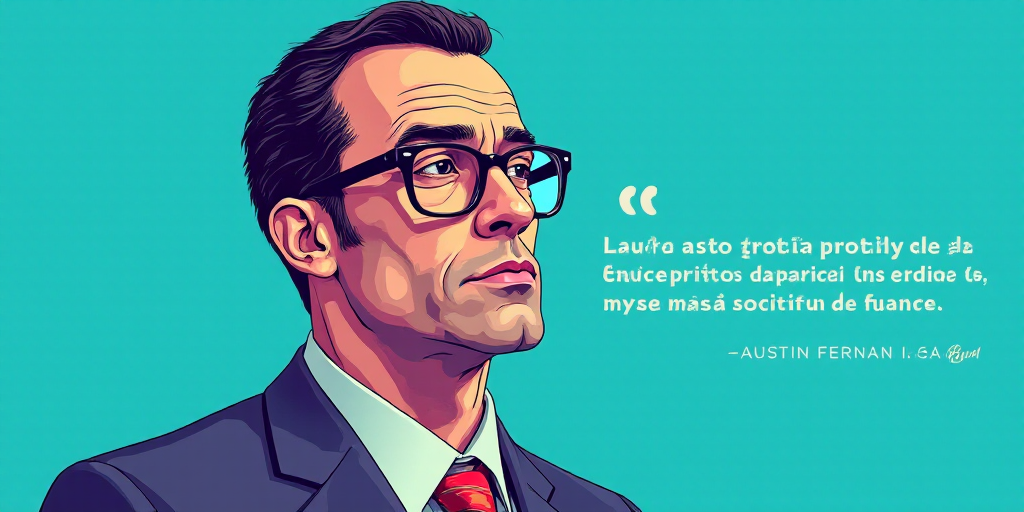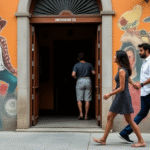Understanding the Differences Between Barcelona and Mexico City
The notion that Barcelona’s transformation can be compared to Mexico City’s is misguided, according to Ada Colau and Clara Brugada. While Ada Colau, as Barcelona’s mayor, might have a reason to make such a comparison for professional reasons, Clara Brugada, as Mexico City’s chief of government, should focus on improving her city rather than drawing parallels.
Barcelona’s Transformation Since 1992
Barcelona celebrates 33 years of significant transformation since the 1992 Olympics. The once-industrial area, known as the Old Port, underwent a radical makeover to enhance its aesthetic appeal and surprise visitors during the Games. The introduction of the twin towers, Hotel Arts and Torre Mapfre, along with the aquarium and new restaurants in Barceloneta, brought an air of modernity to the city. Colón witnessed the growth of the Ramblas, which became a symbol of tourism.
The old Chinatown and the area once known for prostitution near the Ramblas evolved into a gentrified neighborhood, Raval. This area is home to Manuel Vázquez Montalbán’s favorite restaurant, Casa Leopoldo, and the esteemed bookstore La Central, situated near the Barcelona Centre for International Affairs (Cidob) on Elisabets Street.
However, the urban structural changes in Raval, supported by Ada Colau, have been criticized for degrading the neighborhood. Many believe it will revert to its pre-1992 state soon.
Barcelona’s Neighborhoods and Tourism
The Gothic Quarter, with its Cathedral of the Sea, is another area experiencing high tourism, extending almost to Plaza Urquinaona, behind Plaza Cataluña’s Corte Inglés. The Ramblas, synonymous with mass tourism, are entirely within the Eixample district.
Meanwhile, the Sarria, Pedralbes, and San Gervasi neighborhoods to the north pose challenges for low-cost tourists and minimum-wage Barcelonans due to their high cost of living.
More than 80,000 foreigners (5% of Barcelona’s population) reside in the Eixample, contributing to its gentrification.
Mexico City’s Unique Challenges
In contrast, Mexico City’s last 33 years have followed a distinct path. The capital belongs to a territory where various federal governments (PRI, PAN, and Morena) and state governments (PRD and Movimiento Ciudadano) have lost control to organized crime. All political parties have failed in fulfilling a constitutional mandate: ensuring citizens’ security.
Colonias Roma and Condesa serve as small sanctuaries amidst what appears to be an apocalyptic desert of violence from states like Sinaloa, Guanajuato, Jalisco, and Michoacán.
Instead of comparing Mexico City to Barcelona, Clara Brugada should prioritize enhancing economic conditions, infrastructure, and aesthetics in the rest of Mexico City’s colonias.
Population, Transportation, and Externalities
Barcelona is home to 1.7 million residents, with metro services covering the entire city. Mexico City, with over 9.2 million inhabitants (per Inegi), has a metro system that doesn’t reach all areas due to its 15 times larger territory (1,485 km2 vs. Barcelona’s 101 km2).
Gentrification in Barcelona’s Eixample is more oppressive than Roma and Condesa’s in Mexico City. For foreign tourists, the negative externalities associated with traveling to Mexico outweigh those linked to Spain, especially concerning safety.
The recent events in Roma and Condesa have nothing to do with gentrification but are instead the result of political groups aspiring to Cubanize the country by inciting hatred towards Americans.
Key Questions and Answers
- Q: Can Barcelona’s transformation be compared to Mexico City’s? A: No, the two cities have distinct histories and challenges. Barcelona’s post-1992 transformation is a result of Olympic preparations, while Mexico City grapples with crime and security issues.
- Q: How has Barcelona’s Eixample changed? A: The Eixample has experienced significant gentrification, making it difficult for both low-cost tourists and local minimum-wage workers to afford living there.
- Q: What are the main challenges faced by Mexico City? A: Mexico City struggles with crime, security, and infrastructure issues, which differ greatly from Barcelona’s post-Olympic transformation.
- Q: Why shouldn’t Mexico City be compared to Barcelona? A: Focusing on improving local conditions, such as economy, infrastructure, and aesthetics, is more beneficial for Mexico City than drawing parallels with Barcelona.






